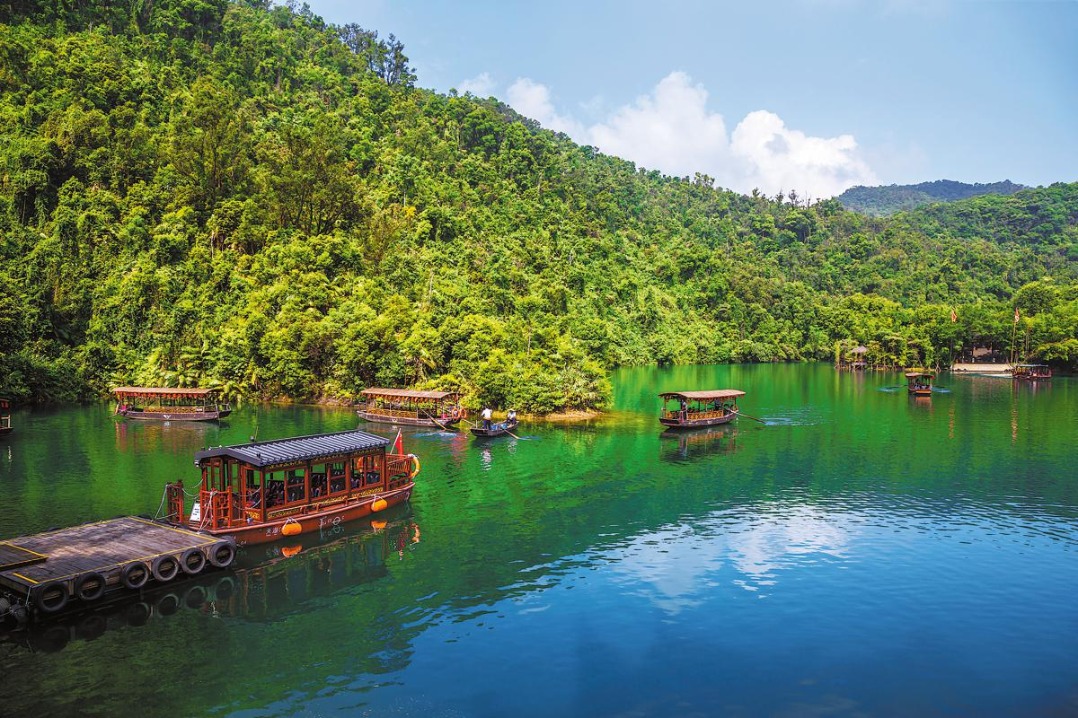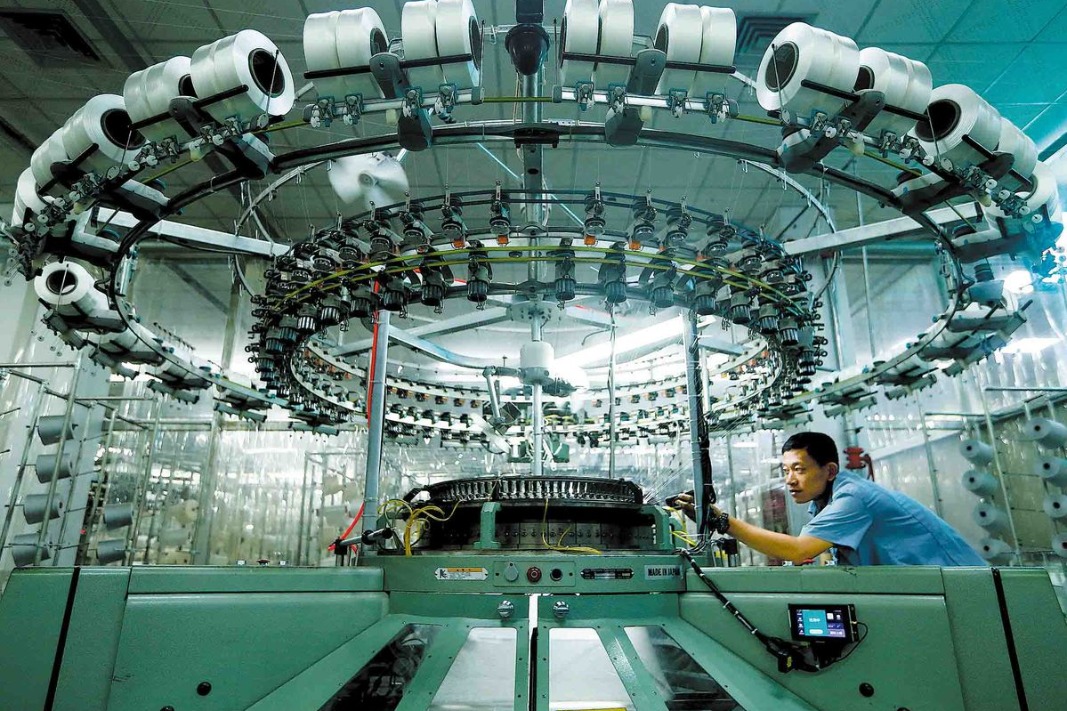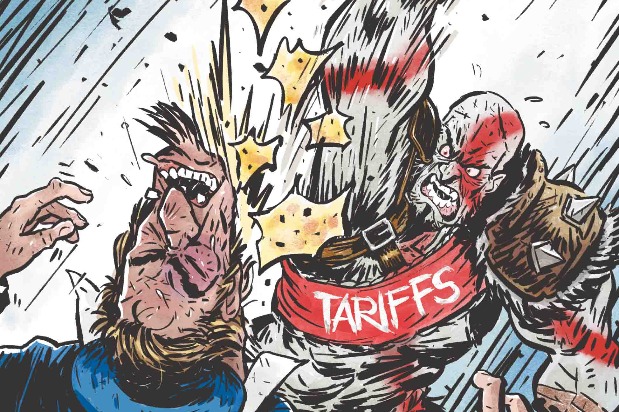Himalayan 'Third Pole' continues to lose glaciers

As the risks from climate change loom larger, the "Third Pole"-the Tibetan Plateau and surrounding areas-is warming faster than the global average, resulting in the accelerated melting of glaciers, according to a report released on Thursday.
Produced by the United Nations Environment Programme and titled A Scientific Assessment of the Third Pole Environment, the report blamed windblown pollutants for further exacerbating conditions in the highest region on earth.
According to the report, the region has been warming at a rate of over 0.3 C per decade in the past six decades, far surpassing the global average.
The report also noted an intensifying water cycle in the region, where glacier melt has been intensifying since the 1980s, with a more intensive melt along the Himalayas and in the southeastern sector of the Third Pole.
The number and surface area of the lakes in the region have been on the rise since the 1990s, it said, with lake water increasing at a rate of 8 gigatons per year, corresponding to an increase in lake levels at a rate of 14 centimeters per year.
"Ice core records show a general warming trend over the last 2,000 years (in the region). The past 100 years had been the warmest during this period," said Lonnie Thompson, one of the lead authors of the report.
"We find that warming has been enhanced at the higher elevations, particularly below 5,000 meters," said Thompson, who is from Ohio State University, adding the trend has been much more rapid in winter.
Net ecosystem productivity is projected to go up as glacial melt and river run-off increase, increasing the Third Pole's value as a carbon sink, according to the report.
As the productivity of alpine grasslands increases, it alters agricultural plantation systems and expands the potential areas suitable for two harvest seasons, Thompson said. It also increases crop cycles, thus contributing to the optimization of the agricultural and farming system.
The change, however, doesn't come without hazards.
Current carbon sinks could become eroded due to amplified permafrost thawing leading to carbon losses, the report said. Other hazardous consequences such as ice collapse and glacial lake outburst floods will also become more serious in the coming years and cause additional threats to the future of the Third Pole environment.
The high altitude of the Third Pole and its small population doesn't mean that the region is immune from pollution, as it is located downwind of various anthropogenic air pollution hot spots, such as South Asia, the Middle East and West Asia.
The report said emissions from these regions and arid dust from surrounding deserts such as the Taklimakan could be brought into the Third Pole by atmospheric circulation.
Accumulated atmospheric black carbon at the southern foot of the Himalayas can traverse the mountain range and reach the inland Third Pole region, it said. The pollutant not only contributes to global warming with its radiative forcing effects, but also darkens glacier surface and reduces reflection, which consequently accelerates glacier melt by absorbing heat.
During the past 40 years, the Third Pole has lost a glacial mass of approximately 450 cubic kilometers-between 20 to 80 cu km due to the effects of black carbon and other light absorbing impurities, the report noted.
Noted glaciologist Yao Tandong from the Chinese Academy of Sciences was another lead author of the report which was compiled by some 60 authors from countries including China, Germany, India and Nepal, and reviewed by another 30 experts.
Today's Top News
- Marriage reforms making it easier to tie the knot
- Nations vow to uphold intl justice
- Head-of-state guidance key for Sino-Russian ties
- China-CELAC Forum to send unity message
- China-US trade talks make substantial progress
- Eurasia needs an innovation corridor for artificial intelligence






























